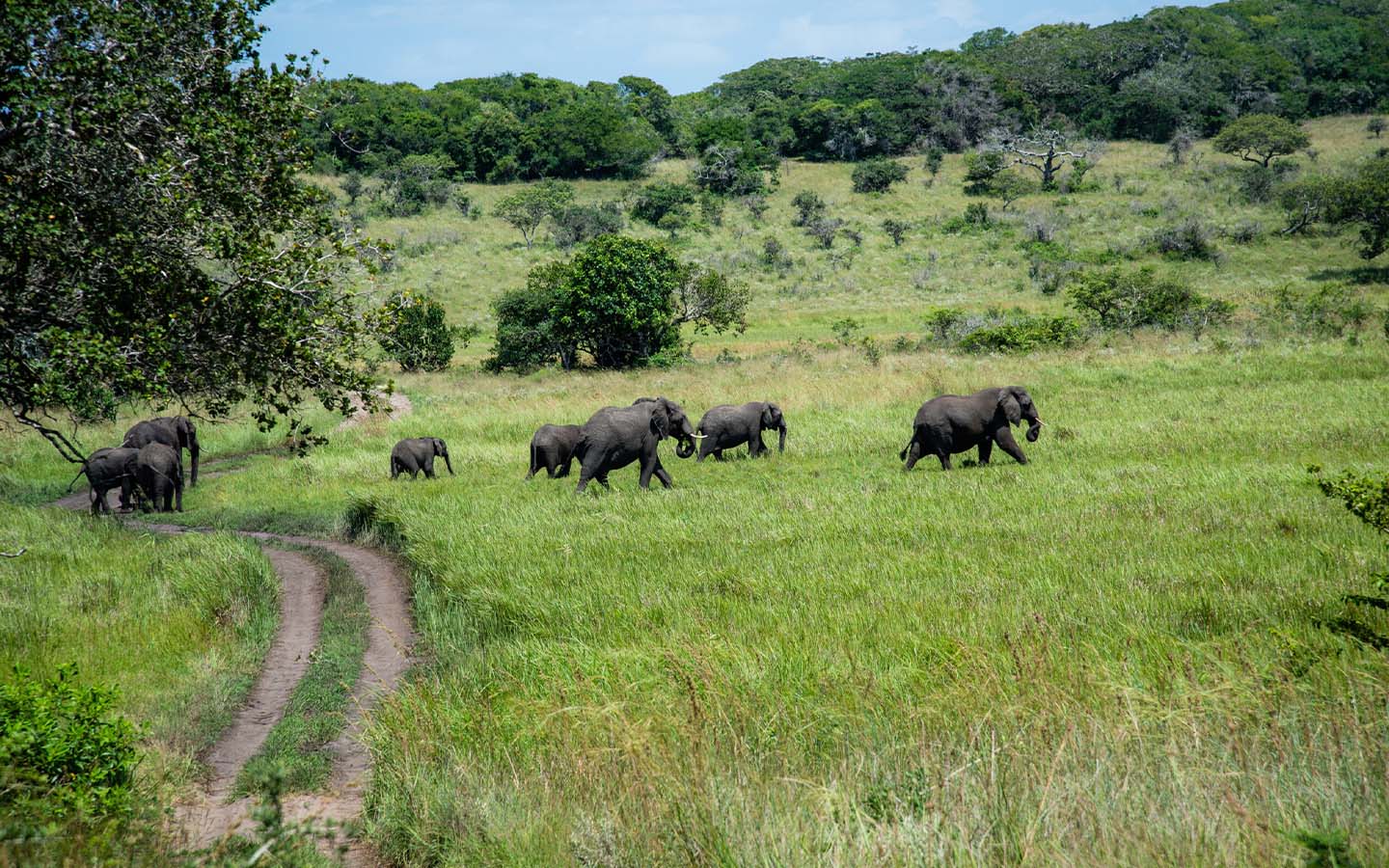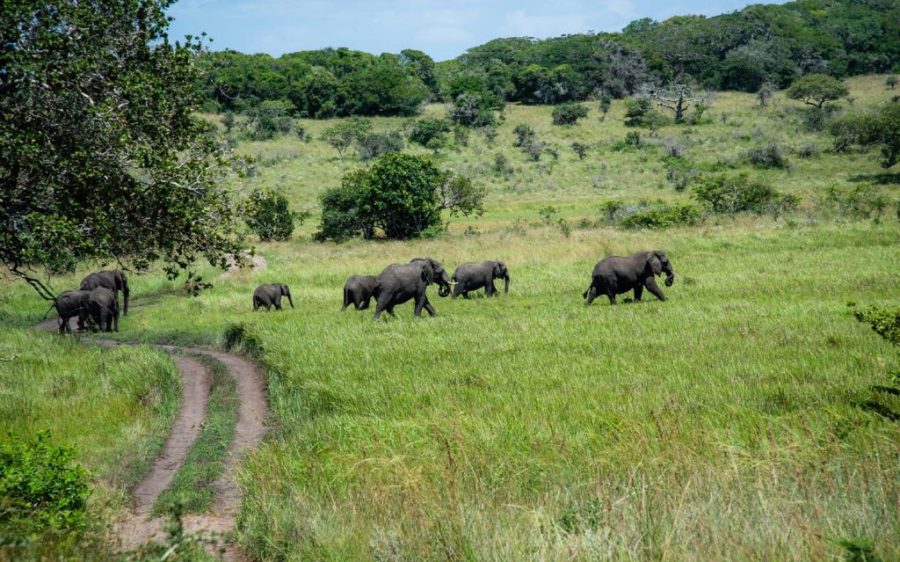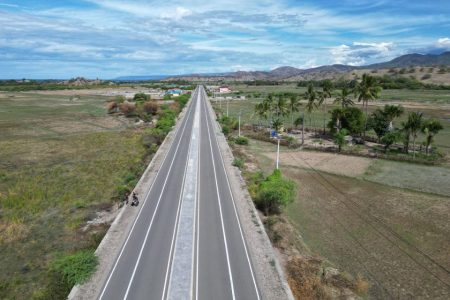Several new World Heritage sites were announced during the 47th session of the World Heritage Committee at UNESCO headquarters in Paris on Sunday, with Mozambique having its second site and its first conservation property to be so recognised, reports Lusa.
The Portuguese news agency Lusa reports that Maputo National Park will now be joined to the iSimangaliso Wetland Park, a South African protected area just across the border that was inscribed as a World Heritage site in 1999.
UNESCO emphasised that the Mozambican park “complements iSimangaliso’s conservation values, enhancing biodiversity protection across the Maputaland ecoregion,” referring to an area considered the second-richest floristic location in Africa with around 8,100 different plant species from 243 families, nearly a quarter of which are found nowhere else on Earth.
Maputo National Park has come a long way from its humble beginning as a small hunting area formed in 1932. Increasing awareness of the importance of biodiversity led it to be classified as the Maputo Special Reserve in 1969. Less than a decade later, Mozambique fell into a 15-year civil war that devastated local wildlife populations, driving some to extinction.
The government signed a memorandum of understanding with the Peace Parks Foundation, a conservation-focused South African NGO, in 2006, kicking off a process that has seen the park recover much of what was lost.
[See more: Guinea-Bissau eagerly awaits World Heritage recognition for the Bijagós Islands]
Beginning in 2010, various species reintroduction and translocation programmes have added to the park over 5,000 individual animals across 16 mammal species, including kudu, impala, eland, giraffe, buffalo, wildebeest and zebra. Herbivore populations, key to supporting predators and keeping plant life in check, have tripled over the same period. This has allowed park officials and their partners to begin adding predators to the ecosystem, like the spotted hyenas translocated from South Africa’s Sabie Game Park in 2023 and 2024.
South Africa also reopened its border with southern Mozambique in 2014, having fenced it off to protect wildlife from violence and poaching during the war. This allows herds from Tembe Elephant Park to travel the lengthy corridor stretching all the way to the Mozambican coast, joining Maputo National Park’s more than 400 elephants.
Miguel Gonçalves, the administrator at Maputo National Park, expects that the World Heritage designation will foster even closer cooperation with South Africa. Previously, he said that the two countries would move forward with talks to find a new form of management that allows for joint coordination, with the movement of species being a primary concern. The designation also brings greater visibility to Maputo National Park.
“We want to believe and hope that it will improve and increase the number of visitors and tourists, and that we will move in a more consolidated way towards the financial sustainability of the park, with all the consequences for the tourism industry and the development of communities,” he told Lusa.






